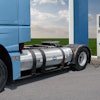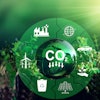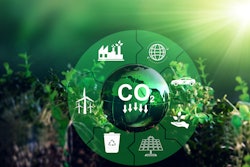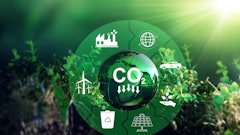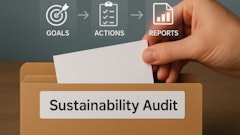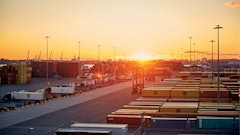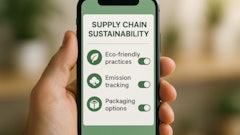
Among the various ways to consume energy on a daily basis, one of the most prolific is in how people manage their trash. Did you know the United States produces 268 million tons of trash annually, according to the World Economic Forum? Not only that, but waste from landfills and wastewater treatment is the third largest source of U.S. methane emissions. To break it down even further, water and wastewater utilities account for 5% of global greenhouse gas emissions, and 70% of that is caused by wastewater treatment. On their own, these figures are striking, even more so when you consider that this immense tonnage of waste draining energy is just a byproduct, excess material that serves no use.
But what if this waste could be recycled in some way? Waste produces methane as it decomposes. That methane contributes to global warming, but it’s also the primary component of natural gas. If this methane could be reused, it would curb the net damage being done by the process and act as an energy resource we can produce domestically. It turns out, some forward-thinking organizations are doing exactly that, giving waste a second life in the form of harnessing landfill gas for renewable energy production.
Renewable natural gas (RNG) is a “drop-in fuel,” and once produced, it is injected into the local natural gas pipeline for distribution. This means as a fuel, it is indistinguishable from natural gas produced by traditional methods and can be used in all the same ways. Without the production of RNG, the leftover waste from landfills and wastewater treatment facilities would break down and release biogas into the atmosphere.
Creating a circular economy
The circular economy aims to tackle climate change by eliminating waste and pollution, keeping materials and products in circulation for as long as possible, and recapturing “waste” as a resource to manufacture new materials and products. Naturally, RNG is a perfect fit for this system, starting with waste produced from landfills, wastewater and dairy farms, and converting it into a low-carbon, alternative fuel. Companies can utilize organic waste to fuel operations, using fuel produced by their city’s waste to create a closed-loop cycle that benefits both the environment and the economy.
As a fully interchangeable biogas, RNG is used to fuel an assortment of machinery, most notably, heavy-duty transportation. Trucks, transit, school buses and even entire solid waste fleets are powered by RNG. According to the Department of Energy, natural gas powers more than 175,000 vehicles in the United States and roughly 23 million vehicles worldwide. Unlike electric and hydrogen power, RNG-powered heavy vehicles are here today, and perform just like diesel while generating substantial fuel savings. RNG-fueling infrastructure is also widespread, and the fueling experience is seamless. On top of this, the interchangeability of RNG means any vehicle that can take natural gas can make the switch without any upgrades or additional parts.
The benefits are clear
RNG is the cleanest fuel in the world, reducing carbon emissions at every stage, from production to consumption. By replacing gasoline or diesel with RNG, fleets can significantly cut emissions while also decreasing our nation’s dependence on foreign energy sources. In fact, heavy transportation and power-generation carbon emissions can both be reduced by up to 400% when using RNG.
RNG also offers a proven and pragmatic solution for the heavy-duty transportation sector, which faces considerable challenges with electrification, such as high costs, reduced payload capacity due to heavy batteries, limited range and insufficient power grid capacity. RNG heavy duty trucks and buses operate the same as diesel in terms of range, torque, refueling time and reliability, meaning easy integration into existing natural gas fueling infrastructure
From a cost-savings perspective, RNG is substantially less expensive to operate than diesel, generating long-term savings on fuel and maintenance, as well as helping corporations meet sustainability goals. There are incentives and government policies in place that make RNG even more attractive, and with the current administration pushing for domestic energy and natural gas, RNG is a favored source of fuel.
The future of RNG
Thanks to its wide variety of benefits, the RNG industry has experienced rapid growth, with production capacity having nearly doubled in over the last five years. Recent innovations in engine technology have also helped. In 2012, with nearly half of the sector now operating on it. Today, the same is happening to the trucking industry with the release of a natural gas engine designed for long-distance and heavy-duty transport.
The circular economy revolution is reinventing supply chains and turning trash into treasure. Innovations like RNG are creating alternative fuel sources that not only reduce waste and carbon emissions, but are also effective, cost-efficient and government-favored. An organization with a fleet powered by its city’s waste can reduce their carbon footprint and improve operations. RNG is a win-win in the world of energy. A pragmatic business solution – good for both the environment and the bottom line.

